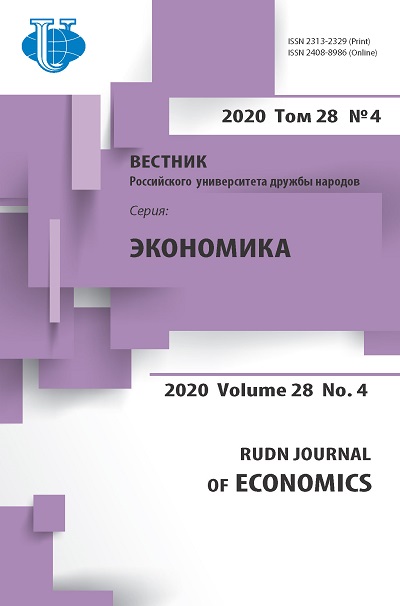Abstract
The article deals with modeling of investment regulation of professional sports organizations in the Republic of Belarus. The approaches of scientists and researchers to the issue under study are identified. To solve indicated problem, a model of investment regulation of a professional sports organization has been developed, which makes it possible to operatively and reasonably allocate investment resources based on simulation and iterative capabilities. The proposed economic and mathematical model makes in general economic indicators it possible to take into account the contribution of each segment of income to the joint results of operating activities and, as a result, promotes closer integration of the less than potential from them, which leads to a synergistic effect. The developed dynamic simulation model of investment regulation has been tested on the example of a professional sports organization, the results confirm the effective distribution of investment funds, due to which there is a positive economic effect in the form of total income growth.















